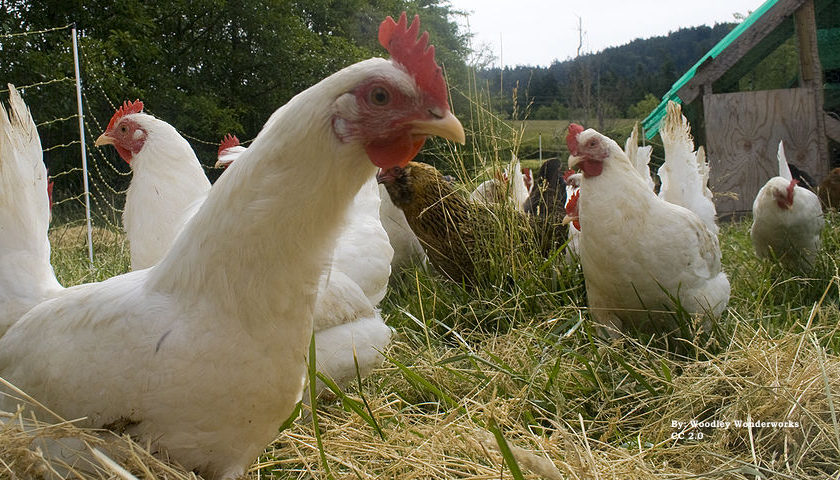By: Timothy J. Jorgensen, Director of the Health Physics and Radiation Protection Graduate Program and Associate Professor of Radiation Medicine, Georgetown University The year 2017 marks the 50th anniversary of the home microwave oven. The ovens were first sold for home use by Amana corporation in 1967, but they had actually been used for commercial food preparation since the 1950s. It wasn’t until 1967, however, that technology miniaturization and cost reductions in manufacturing made the ovens small enough and cheap enough (a still steep US$495; US$3,575 in 2017 dollars) for use in the kitchens of the American middle class. Now, it would be hard to find a U.S. home without a microwave. Amana, a subsidiary of Raytheon corporation, actually called their first model the “Radarange” – a contraction of radar and range (as in stove). What do microwave ovens have to do with radar? Radar is an acronym for “radio detection and ranging.” Developed prior to World War II, the technology is based on the principle that radio waves can bounce off the surfaces of large objects. So if you point a radio wave beam in a certain direction, some of the radio waves will come bouncing back to you, if…
Read the full storyDay: March 18, 2017
Giles County Chicken Breeder Quarantined After Testing Positive for Avian Flu
Tennessee state department of agriculture officials have identified a third outbreak of avian flu. A flock of chickens at a commercial poultry breeding operation has tested positive for “low pathogenic avian influenza” (LPAI). It is not the same as the China H7N9 virus affecting Asia and is genetically distinct. The facility in question is a chicken breeding operation in Giles County, near the Alabama state line. The company that operates it is a different company from the one associated with the recent detection of highly pathogenic avian influenza (HPAI) in neighboring Lincoln County. At this time, officials do not believe one premises sickened the other. On March 6, routine screening tests at the Giles County premises indicated the presence of avian influenza in the flock. State and federal laboratories confirmed the existence of H7N9 LPAI in tested samples. “This is why we test and monitor for avian influenza,” State Veterinarian Dr. Charles Hatcher said in a statement. “When routine testing showed a problem at this facility, the operators immediately took action and notified our lab. That fast response is critical to stopping the spread of this virus.” As a precaution, the affected flock was immediately exterminated and buried; and the…
Read the full story

